Werewolf Tales Reveal the Beast Inside
In Romans 7: 19–20 (NIV), the apostle Paul writes: “For I do not do the good I want to do, but the evil I do not want to do—this I keep on doing. Now if I do what I do not want to do, it is no longer I who do it, but it is sin living in me that does it.”
Paul shares an affliction common to all Christians, namely the struggle against the flesh, our fight against sin’s influence on our thoughts and behavior. Even people who deny sin and Christ understand this frustration—the surrender to physical deeds we prefer to avoid.
Sin has a way of controlling us, subverting our intentions, and enticing us to participate in things we know we ought not to do. In Romans 7, Paul confessed he’s not only another combatant in this fight against self, but that he sometimes loses.
Now, my study Bible does not include “werewolf transformation” as a possible explanation for Paul’s struggle, but theoretically it could have been, right? Biblical headcanon, anyone?
All right, I don’t actually believe Paul was a werewolf. But the comparison fits because werewolves personify this struggle against the flesh, that is, the sin nature.
The Bible warns that people actually have two natures: the original, wonderful design by God; and the evil, sinful nature that has hijacked that design. We are daily witnesses of sin’s carnage on humanity, so it’s no surprise that the “beast inside” concept is prevalent in our stories.
It’s the implication of giving into evil that has allowed werewolves to persist in our collective lore. Monsters come and go in fiction, but the ones that sink their fangs into our human concerns tend to endure through the generations.
Hollywood has transformed the werewolf, but did not invent this monster. Instead, werewolves present a culmination of many influences and multiple fears. Were-transformation has long been a part of human myth, as a veneration of animals and a caution against losing our humanity.
For example, ancient Africans, Asians, and Americans shared stories of werecats, like jaguars, panthers, and tigers.
In Europe, Ancient Romans, Greeks, and Scandinavians told stories of people dressing as wolves or being turned into them by gods (which is also where we get the Greek word “lycanthrope”). In both pre– and post-Christian Eurasia, wolves were symbolically associated with hunters and warriors, and they played a recurring role as villains in folklore (see many fairy tales as well as Aesop’s fables).
In recent centuries, the werewolf design has taken on a more human-wolf hybridization. The silver bullet weakness likely came from retellings of The Beast of Gévaudan, which was based upon real attacks in 18th-century France by an unknown creature or creatures.
Meanwhile, lycanthropy as a form of dark magic was a concern among central European Christians. So-called werewolves were burned alongside so-called witches.
Most famous of all was German farmer Peter Stumpp, whose 1589 execution is the stuff of nightmares. The history and motivations behind Stumpp’s story are murky. But without going into detail, we know he was charged with having killed and cannibalized multiple women and children while transformed into a werewolf.
Other people executed for lycanthropy were likewise blamed for those two most heinous of crimes: murder and cannibalism. It’s this aspect that makes werewolves so nightmarish. We’re not only afraid of being attacked by such beasts, but also of our own internal beast leading us to commit the evil we “do not want to do,” as Paul put it.
Werewolves are only one type of this beast.
Algonquian tribes had a variety of stories about the wendigo, a creature who is described as a transformed man succumbing to gluttony, murder, and cannibalism.
In 1886, Robert Louis Stevenson published his masterpiece novella The Strange Case of Dr Jekyll and Mr Hyde, in which a reasonably normal man unleashes the bestial side of himself into the world.
Other horror stories blame external sources as the cause for succumbing to evil deeds. In Bram Stoker’s Dracula, this external source is the influence of a vampire on innocent people. In William Peter Blatty’s The Exorcist, it’s demonic possession; and in Robert Silverberg’s Passengers, it’s alien control.
All these stories share a common motif: committing heinous acts that we, in our sober and logical moments, are afraid of committing.
“For I do not do the good I want to do, but the evil I do not want to do—this I keep on doing.”
We do not need werewolves or other imaginative manifestations to witness this dilemma. The horror of our sin nature is visible in the daily newspaper headlines and in the nearest mirror.
However, the Apostle Paul assured us that we are not without hope! We have Christ, who is the silver bullet to our inner werewolf, the wooden stake to our inner Dracula, and the antidote to our inner Hyde.
We can turn to the only one with the power to put an end to our monstrous side. Only a few verses after admitting his struggle against the beast, Paul wrote (verses 24–25), “What a wretched man I am! Who will rescue me from this body that is subject to death? Thanks be to God, who delivers me through Jesus Christ our Lord!”





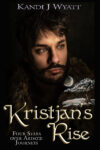



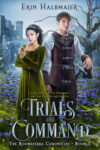


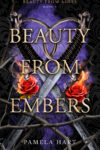

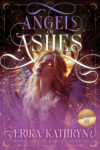

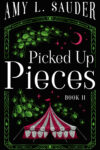




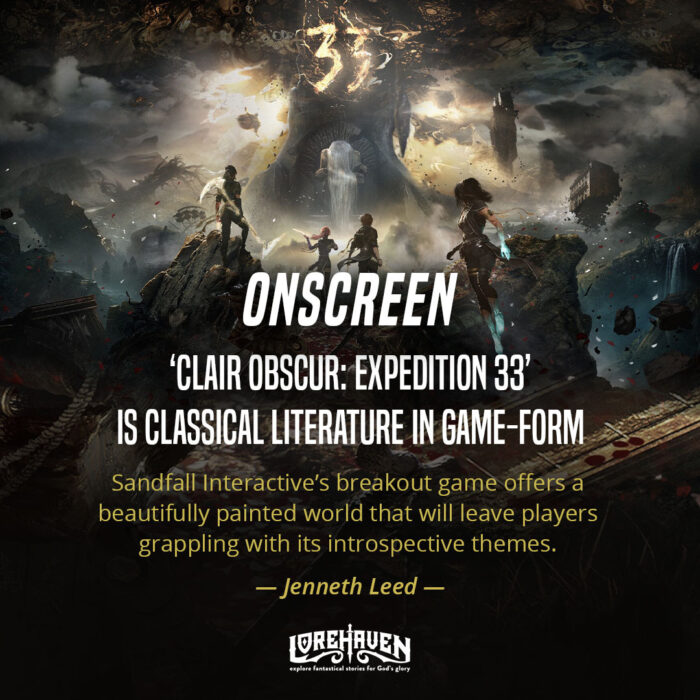


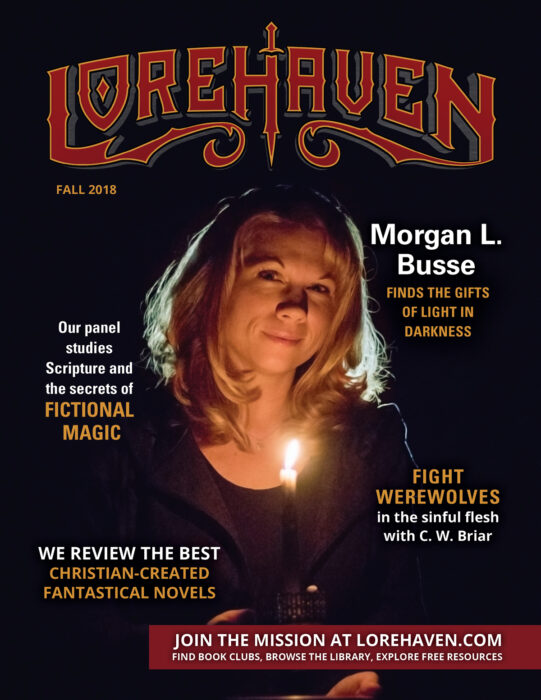




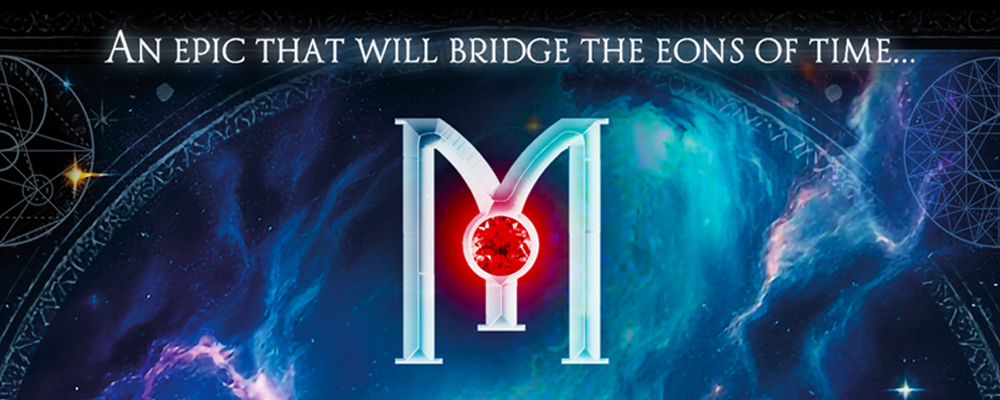

[…] Sure, at Speculative Faith we’ve creaked open the great doors and invited several Christian horror fans into our castle to explore the genre, including novelists Mike Duran and Brian Godawa. (Also, be sure you catch novelist C. W. Briar’s excellent expose of werewolves in this month’s issue of Lorehaven Magazin….) […]
[…] Mike Duran showed how “Horror Reveals Human Sin in the Dark.” C. W. Briar explained that “Werewolf Tales Reveal the Beast Inside.” Parker J. Cole explored “How H. P. Lovecraft’s Cosmic Horrors Turn […]